What Do Deer Eat In Late Winter
The worst thing we can do for deer in a tough winter is shock their system by providing a new food particularly a high-energy food such as corn or high-protein food such as alfalfa hay that they are not used to said Kip. Remnants from agriculture production and woody browse make up the largest part of a deers diet throughout winter.

What Do White Tailed Deer Eat During The Winter
Their diet consists mostly of woody browse this time of year early successional species like blackberries and greenbriers and saplings.
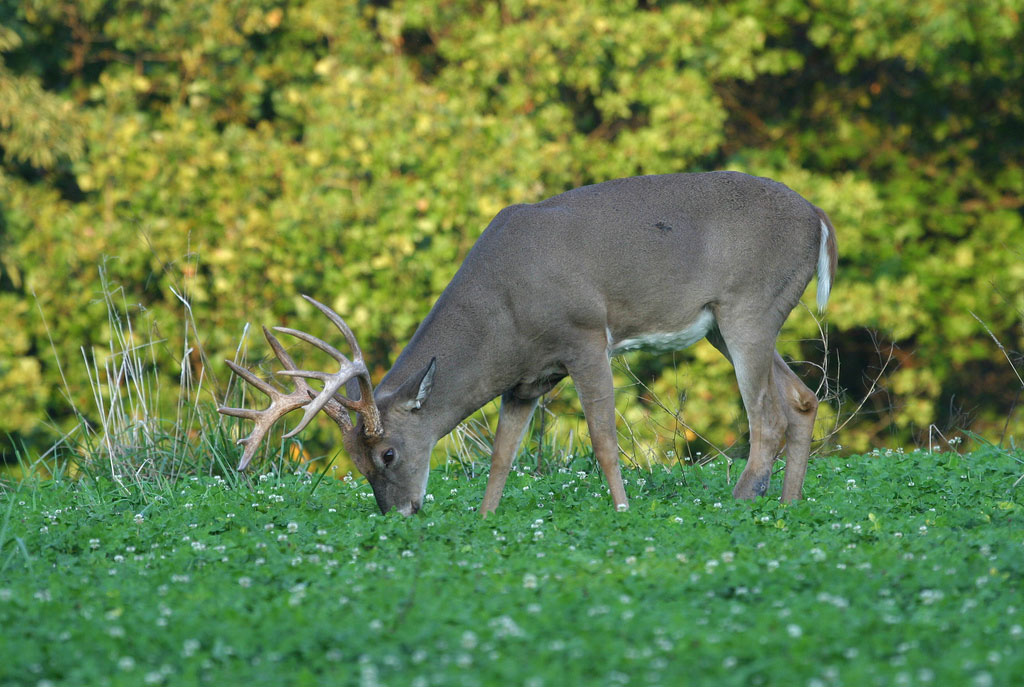
What do deer eat in late winter. During winter deer lose up to 25 of their weight as they have very little food around. They do not like to pluck food from standing stalks. In agricultural areas deer will eat leftover corn soybeans and more.
Acorns are high in carbohydrates and fats. Top 3 Food sources in winter for deer Hard woody browse. Red maple winged sumac white pine greenbrier dogwood wild grapes Japanese Honeysuckle wild rose and American beech are amongst those wild plants that see regular browsing on each winter.
These high quality sources of energy are just what bucks need to help them recover after an intense breeding season. This period is critical for deer because theyre recovering from winter stress. Mast is the fruit of plants such as acorns apples pears and berries.
New succulent green growth from natural sources or food plots. They love to hang around orchards and pick through whatever fruit the. Fall of fruit from oak trees during the late season is acorns.
Their favorite foods are often found on farms or in hard wooded areas. Oats are heavily targeted by deer but fail to stand up to the winter like wheat and rye and while rye is the least attractive of the three it pulls its weight with establishment and plot soil health benefits. Bucks are starting to regrow antlers and does are entering the critical third trimester of pregnancy during which much fetal growth occurs.
About 60 percent of the deer diet consists of woody browse in winter. Winter Is Challenging for Deer. Mainly wood bark and what little winter vegetation may be available.
1 Late Winter and Early Spring Needs. In western states where trees are few and far between mule deer and whitetailed-deer will often browse on sagebrush when conditions become tough. When scavenging for food in food plots or agricultural fields whitetail deer prefer to eat corn soybeans or cowpeas lying on the ground or atop the snow.
In fact theyll walk past row after row of standing crops. In winter you have to feed them some special foods like woody browse nuts the brunches fruits and oats. You have to mix these in proper ratio and then give them for feed in winter.
The absolute most favored sustenances deer eat amid winter incorporate apples. Both white oaks and red oaks bear acorns. The maples yew mountain maple sassafras wintergreen and basswood.
Deer love fruit because they enjoy the natural sugar flavor and it provides quick energy. Specifically corn lacks a high level of protein but has a high fat and carbohydrate content around 4 fat and 75 carbohydrates. A deer will rely on its fat reserves for most of their bodily functions and energy requirements but they do still need to eat.
Deer are only able to eat their favorite foods during the late spring summer and fall. The food that deer love the most is fruit. Deer will stand on their hind legs to access winter apples.
Many deer hunters once believed that Mountain Laurel and Rhododendron make good winter deer food. On the other hand soybeans contain a high protein content around 40 and around 20 fat content but are lower in carbohydrates than corn. The ground is covered in snow and deer find it difficult to move around.
If you havent already been providing supplemental feed dont introduce it suddenly in large amounts in late winter. They additionally have a tendency to eat berries and different sorts of wood they see as the second option. Acorns fall off oak trees during the fall but if they are still on the ground during the winter deer will find them.
If winter is too harsh and extends for a long time deer have very few food sources. Like most animals and plants deer do not actively grow in the winter. You must bear in mind that deer have a sensitive digestive system.
Winter wheat and rye can be a go to panicked and rushed food plot strategy. Bucks does and fawns need fat and carbohydrates to sustain their body weights until spring when they will begin to grow again. Cedar white or arborvitae sassafras wintergreen alternate-leaved dogwood yew mountain maple witch hobble basswood apple maples flowering dogwood and staghorn sumac.

What Do Deer Eat In Fall And Early Winter Gyt90

What Are The Best Seeds For Planting Fall Food Plots

What Do White Tailed Deer Eat During The Winter
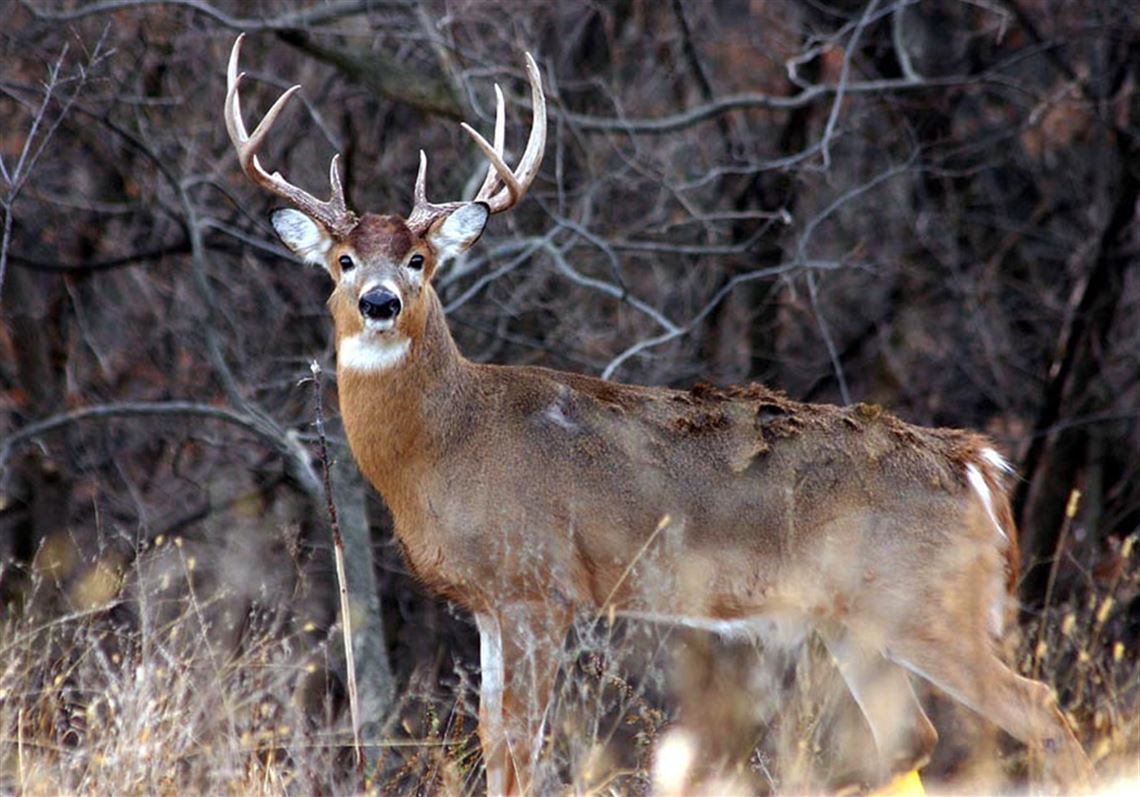
Everything Changes In Late Season Deer Hunting Pittsburgh Post Gazette

Do Deer Eat Carrots Or Do They Prefer Other Veggies World Deer

5 Best Winter Food Plots What Do Deer Eat Deergro Food Plot Spray

What Deer Eat In The Winter Grand View Outdoors

How To Identify Deer Browse In The Woods Umn Extension

What Do White Tailed Deer Eat During The Winter

What Do Deer Eat During The Late Season Muddy Outdoors
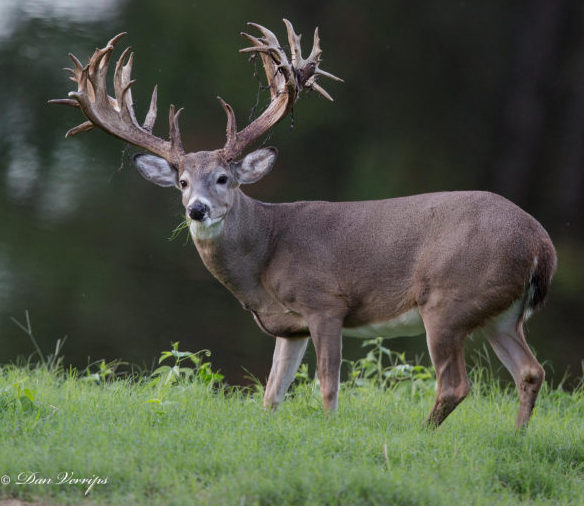
What Do Deer Eat Texas Landowners Association

What Do Deer Eat In Fall And Early Winter Gyt90
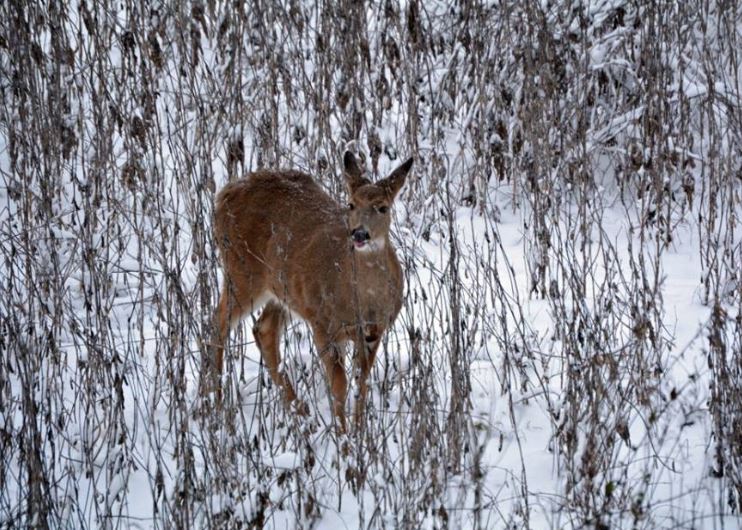
Supplemental Deer Feeding What You Need To Know Gyt90
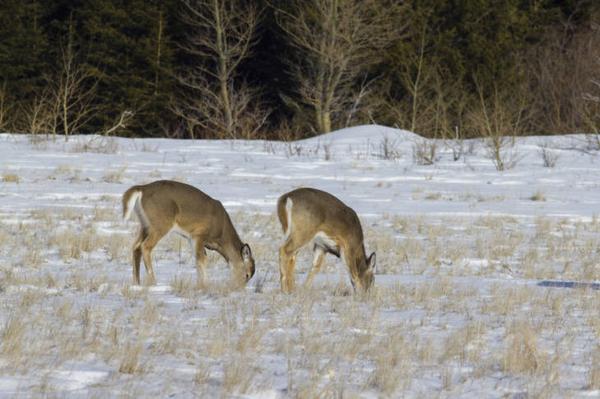
White Tailed Deer Nc State Extension Publications
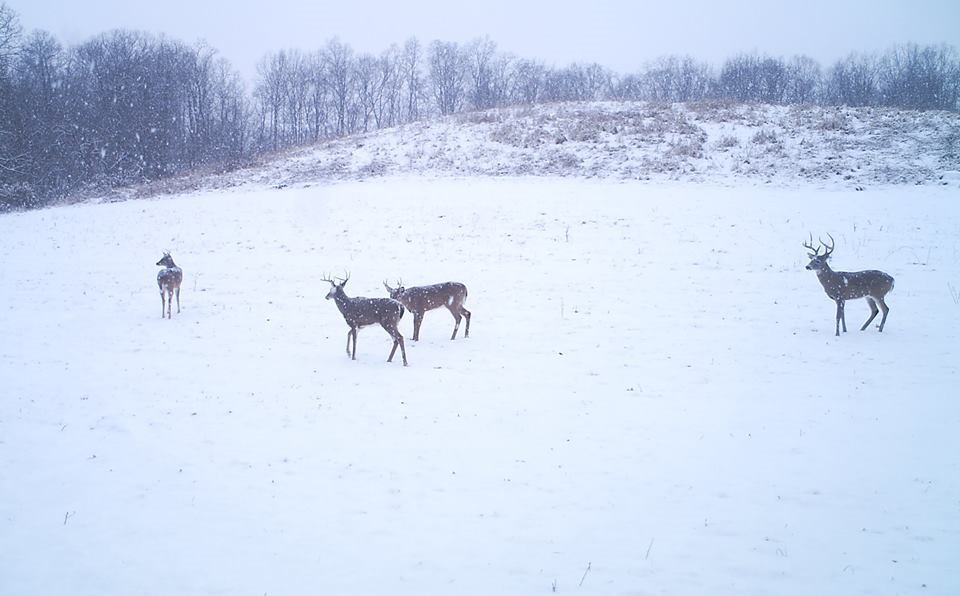
Strategies Deer Use To Survive The Winter Months And What You Can Do To Help Them Buckscore
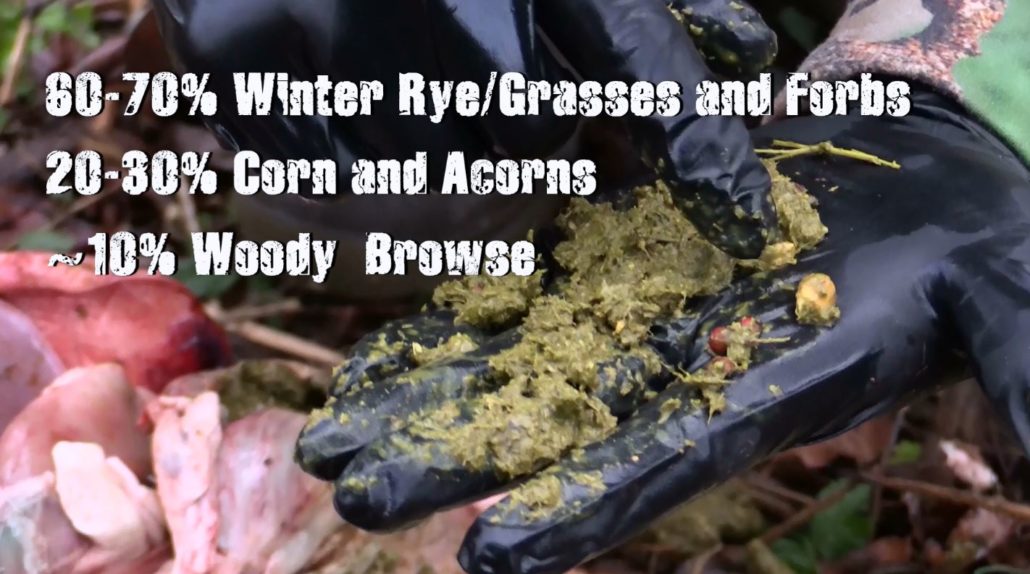
What Do Deer Eat During The Late Season Muddy Outdoors
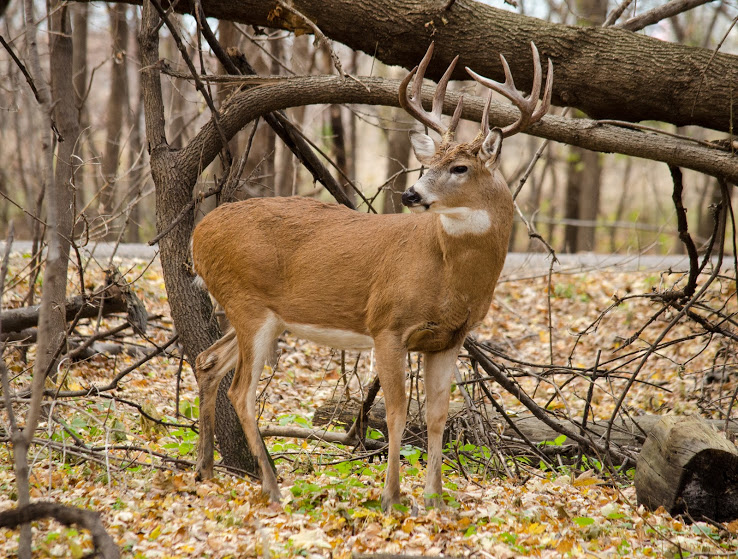
How To Manage Deer Damage On Trees And Other Plants Umn Extension
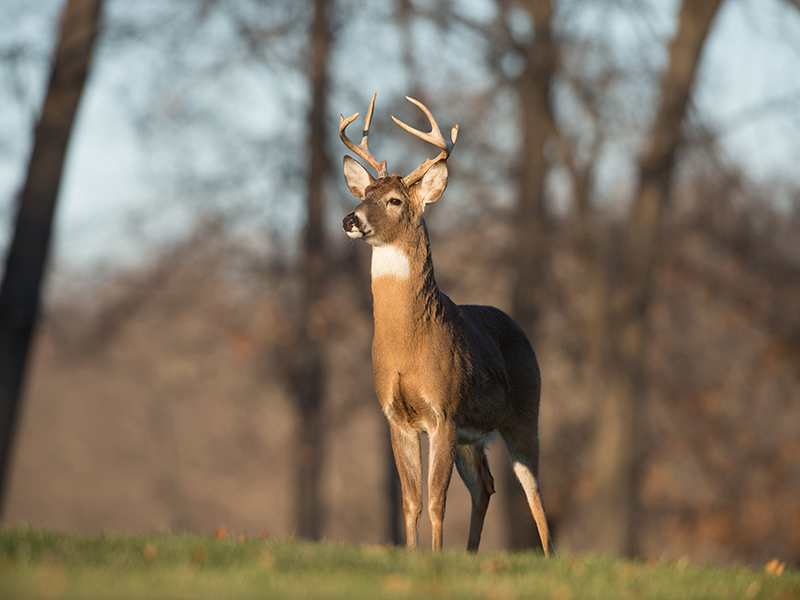

Post a Comment for "What Do Deer Eat In Late Winter"